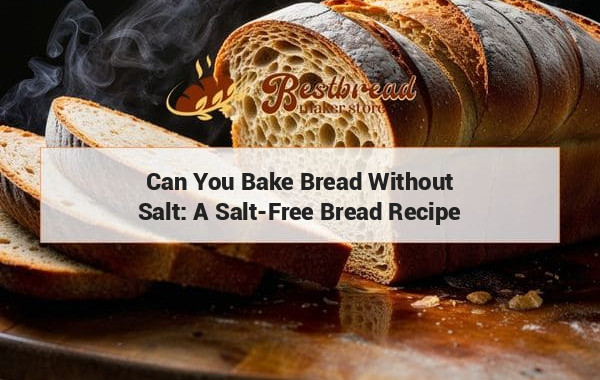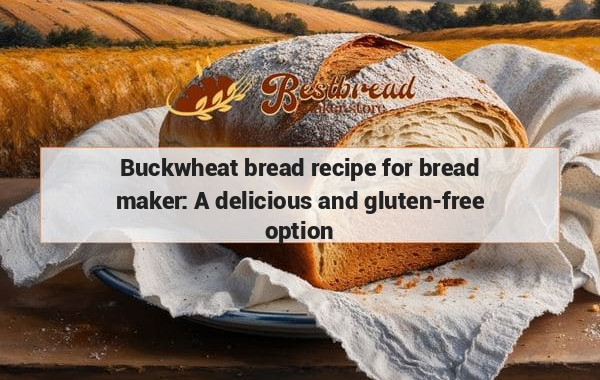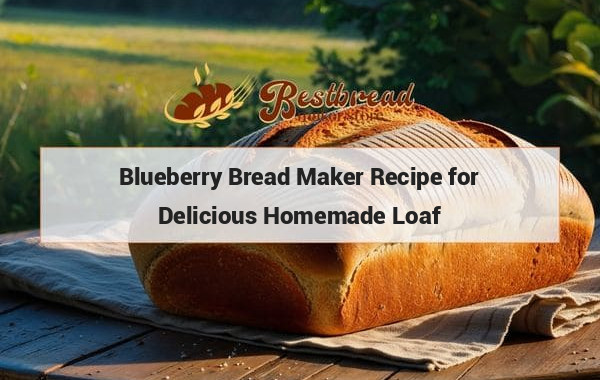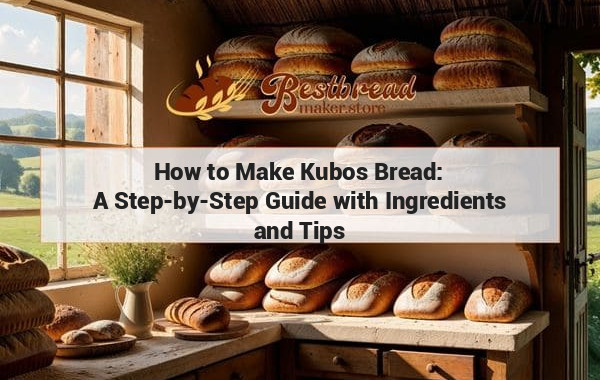Can You Bake Bread Without Salt: A Salt-Free Bread Recipe
Yes, you can make bread without salt. Salt is often used in bread recipes to enhance the flavor, but it is not necessary for the bread to rise or bake properly. You can simply omit salt from the recipe or reduce the amount if you are looking to cut down on sodium. There are also alternative seasonings and ingredients that can be used to add flavor to salt-free bread, such as herbs, spices, or even honey. Making salt-free bread is a great option for those looking to reduce their salt intake or for those following a low-sodium diet.
Can you make bread without salt?
Bread can be made without salt, but the final product will differ in flavor, texture, and appearance. Salt plays several important roles in bread baking, from enhancing flavor to controlling yeast activity. This article will explore the effects of leaving out salt, how to adjust your recipe, and whether it’s a good idea to skip this common ingredient.
Key Takeaways: Bread can be made without salt, but it will have a milder flavor and a different texture. While it’s possible, adjustments are needed in the recipe for best results.
Understanding Bread and Salt: Why Salt Matters
Salt is one of the core ingredients in most bread recipes, contributing much more than just taste. Removing it from the equation changes more than you might expect. Here's why salt is significant:
- Flavor Enhancement: Salt doesn't just make bread taste salty; it heightens the overall flavor. Without it, bread can taste flat and bland.
- Yeast Control: Salt regulates yeast activity, ensuring the dough doesn't rise too quickly. Without salt, the dough may over-rise, leading to a coarse texture.
- Gluten Development: Salt strengthens gluten, the protein that gives bread its structure. Bread without salt might be denser and have a more crumbly texture.
- Crust Color: Salt also plays a role in how your bread browns in the oven. Without it, your crust might be pale and less visually appealing.
How to Make Bread Without Salt
Despite the changes in flavor and texture, it is possible to make bread without salt. You’ll need to adjust your technique to compensate for the lack of this key ingredient.
Adjusting the Yeast
Because salt controls the fermentation process, you may need to use less yeast or shorten the rising time. Keeping an eye on the dough as it rises will help prevent over-proofing, which can lead to a dough that collapses in the oven.
Adding Other Flavor Enhancers
To replace the flavor that salt brings, consider adding other seasonings or ingredients. Herbs like rosemary or thyme, garlic powder, or even a sprinkle of cheese can help make up for the lack of salt.
Expect a Different Texture
The bread might not be as chewy or elastic without salt. You can improve the texture by making sure you knead the dough thoroughly to develop the gluten, but don’t expect the same results as a salted loaf.
Salient Entities: The Role of Salt in Bread Making
When considering whether to make bread without salt, it’s important to understand the multiple functions salt serves beyond just flavor. For instance, yeast, gluten, and flavor profiles are all significantly affected by the presence of salt.
Yeast: Balancing Fermentation
Salt slows down the fermentation process, which is crucial for developing flavor and structure in the dough. Without salt, the yeast can work too quickly, resulting in bread that rises too much and collapses.
Gluten Development
Gluten, the protein that gives bread its chewy texture, relies on salt for proper development. When salt is absent, gluten strands are weaker, leading to a denser loaf.
Close Entities: Ingredients and Their Alternatives
When baking without salt, it's essential to consider other close ingredients that can alter the flavor and texture of the bread in positive ways. These might not directly replace salt, but they can compensate for some of its absence.
Using Dairy Products
Butter, milk, or buttermilk can add richness and flavor to your bread, helping offset the blandness that comes from not using salt. These ingredients contribute fat and moisture, making the bread tender and soft.
Incorporating Sweeteners
Small amounts of honey, sugar, or even maple syrup can provide a slight sweetness that helps balance out the lack of saltiness. Be careful not to add too much, as this will create a different flavor profile entirely.
Common Questions About Salt-Free Bread
1. Can you make sourdough bread without salt?
Yes, but the flavor will be less complex. Salt in sourdough helps balance the acidity from the fermentation process, so leaving it out might result in bread that tastes overly sour or bland. Adjusting the fermentation time can help mitigate this issue.
2. How does salt-free bread rise?
Bread without salt tends to rise more quickly and can over-proof if left unattended. To prevent this, keep a close eye on your dough and reduce the rising time as necessary.
3. Does salt-free bread last as long?
Bread without salt may stale faster. Salt helps retain moisture, so when it’s missing, the bread can dry out more quickly. Storing the bread properly, such as in an airtight container, can help extend its freshness.
4. Can I add salt after the bread is baked?
While you can't mix salt into the dough after baking, you can sprinkle a little sea salt on top of the bread just before serving. This adds a bit of flavor without affecting the bread’s texture.
5. Is salt-free bread healthier?
Salt-free bread can be a healthier option for people who are watching their sodium intake. However, the lack of flavor and different texture may not appeal to everyone.
The Best Salt-Free Bread Recipes
If you’re interested in trying out some salt-free bread recipes, here are a few suggestions to get you started:
No-Salt Whole Wheat Bread
Whole wheat bread without salt can still be delicious if you add other flavorful ingredients like honey or molasses. The whole grains contribute texture, while the sweeteners bring a mild richness.
Rosemary and Olive Oil Loaf
This bread uses olive oil to provide a moist texture and a rich flavor, while fresh rosemary gives it a herbal kick. You won’t even miss the salt in this recipe!
Basic White Bread Without Salt
For a basic white bread recipe, use a bit of sugar or butter to enhance the flavor. While it won't have the same depth as salted bread, it’s a great option if you need to cut back on sodium.
Best Bread Maker for Salt-Free Bread
If you’re making bread at home and are serious about experimenting with salt-free recipes, a good bread maker can make the process easier. Bestbreadmaker.store offers a range of high-quality bread machines designed to handle different types of dough, including those without salt. This way, you can enjoy fresh, homemade bread without the hassle of manual kneading or worrying about rising times.
Conclusion: Bread Without Salt is Possible, But Know What to Expect
Making bread without salt is absolutely possible, but it comes with some trade-offs. The flavor will be milder, the texture may change, and you’ll need to watch the rising time carefully. However, with a few adjustments, you can still enjoy fresh, homemade bread that suits your dietary needs.
For more information on bread machines, visit bestbreadmaker.store, where you’ll find everything you need to create perfect loaves every time.








